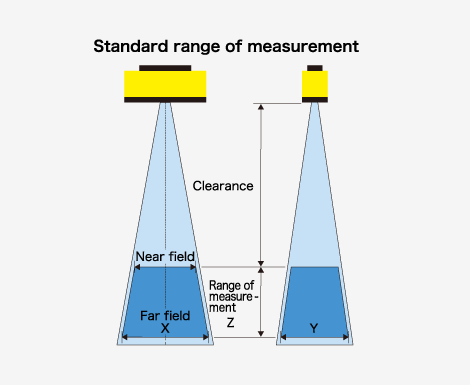3D Visual inspection
High-speed three-dimensional data
capture to make in-line 3D measurements a reality.
In combination with existing image inspection systems, this technology can be applied to a wide range of work pieces and items that are difficult to process using conventional image inspections.
Main features
・In-line high-speed/high-precision 3D measurements・Wide range of applications, including solving various issues with 2D inspections
・Can measure distance, cubic measure, etc. in combination with existing image processing software
・Comes in a complete package which allows for use with robots and AI
While general image inspections using two-dimensional image data excel at determining the overall shape and dimensions of a work piece, they are not well-suited to determining three-dimensional factors such as the depth of scratches or the shape of welding marks. Conventionally, data for pseudo-3D analysis is acquired by taking multiple images of a work piece from different angles, and changing the position of the lighting. However, this poses issues from the standpoints of both speed and cost. 3D inspections replace 2D cameras, instead opting to use “3D cameras” which directly capture 3D data. By adding height data to conventional 2D data, it is possible to measure the depth of scratches and the three-dimensional shape of a work piece, in addition to its volume and cubic measure.
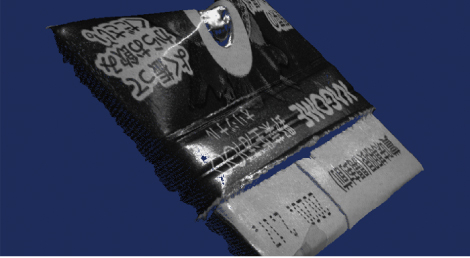
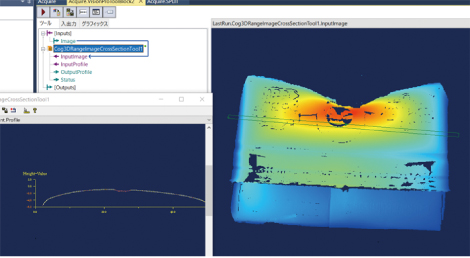
This system boasts high-speed (200 ms) and high-precision (3D data points at 1.5 million different locations) 3D data acquisition using a new detection method (3D LightBurst).
This system has been successfully applied in a wide range of industries, including the automotive, electrical appliance, semiconductor, food product, and pharmaceutical industries
Main uses
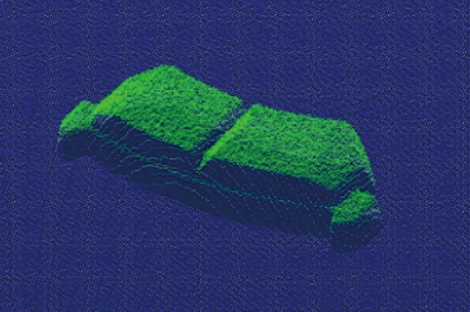
Visual inspection
Detecting scratches and chips in products with complicated patterns that are not suited to 2D inspection. Abnormalities are distinguished using height data.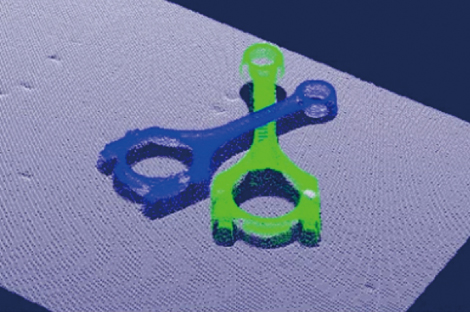
Picking
Determines the state in which a product has been set down, and the number of products, etc. in an instant. This vastly improves the efficiency of robotic picking arms.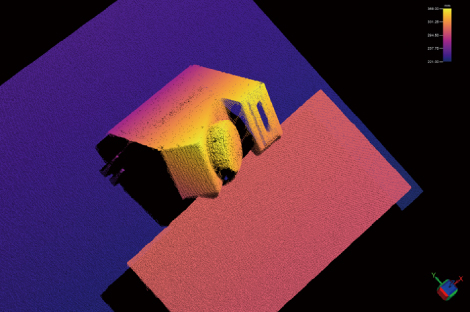
Shape recognition
Can recognize any shape among products with complicated external appearances. This system is especially effective in ASSY component assembly inspections.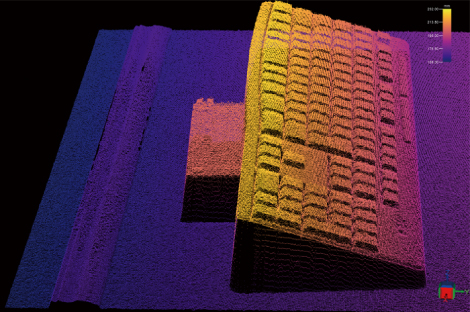
Determining assembly status
This system can determine the assembly status at the same time as the presence or absence of parts. Speeds up and improves the precision of completion inspections.Adding the advanced features of 3D inspections while still using conventional image processing software.
Configuration

Supporting smooth implementation using conventional image processing software. Moreover, this system excels at 3D inspections in combination with AI
Using our original control software, the ANY 3D data inspection system can be combined with conventional image processing software such as “VisionPRO.” Our standard package makes for smooth implementation of 3D inspections.
Moreover, the system is compatible with COGNEX Corporation’s deep learning software, “ViDi,” so that it can use the massive amount of data captured by 3D cameras. In some cases, the amount of data acquired is thousands of times more than that of 2D inspections; AI analysis of this data supports the implementation of higher-quality image inspections.
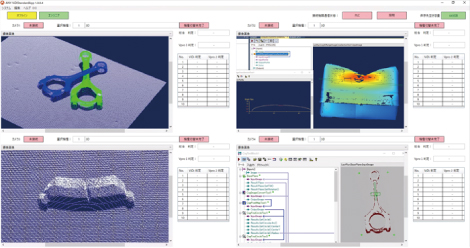
Specification
| Main features | |
Inspections using 3D shape measurements:
|
|
|
Basic specifications |
|||||||||||||||
|
Area scan 3D camera: Can be selected from the four types below
|
|||||||||||||||
| Input/output: connected to PLC via SLMP (ladder not needed for communication) | |||||||||||||||
| Other: Can be used for inspection in combination with existing image processing/deep learning technologies. It is simple to connect 3D head, PC, and PLC with just a single Ethernet cable for each device. | |||||||||||||||
